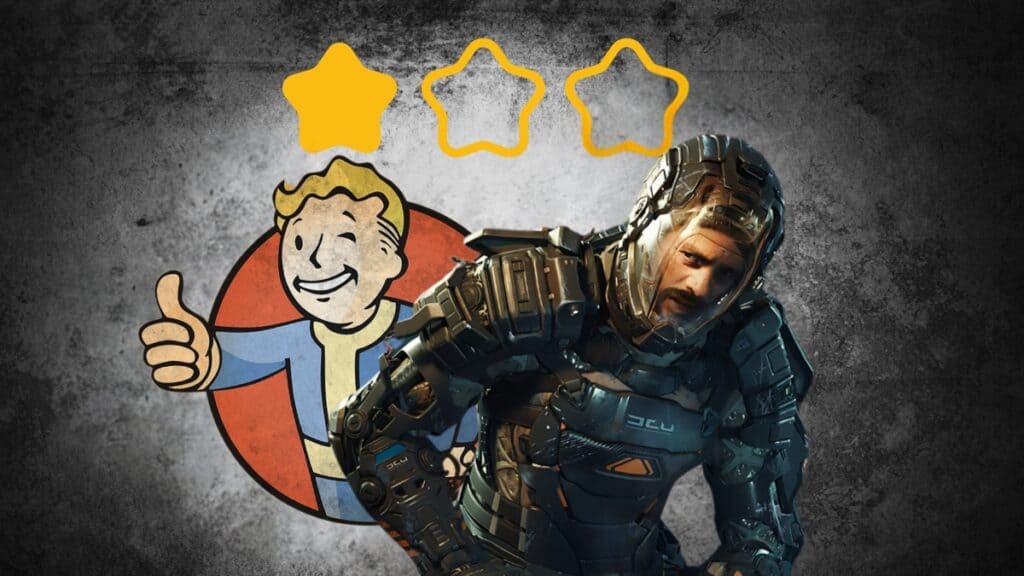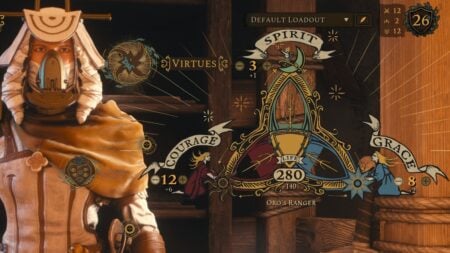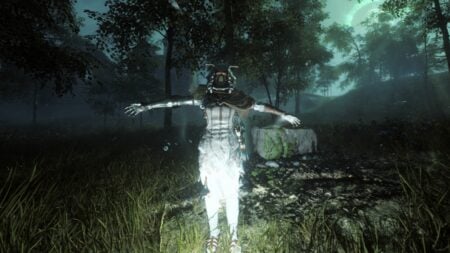Skip To...
They say that beauty is in the eye of the beholder, and when it comes to games, that age-old adage rings true. Still, while critical reception is of utmost importance — video games are expensive commodities, after all — how a game impacts you can be a very personal thing. So, with that in mind, I’ve decided to shine a light on a handful of games I’ve played that may’ve been shunned by critics or audiences, but turned out to be worthwhile experiences. Who knows? Maybe you’ll find a diamond in the rough somewhere on this list.
The Callisto Protocol
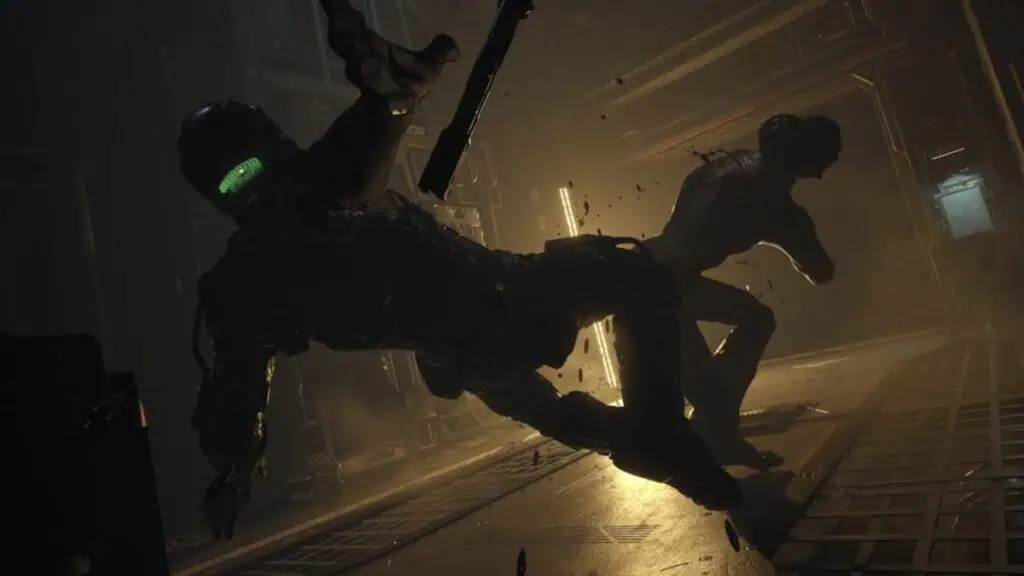
Honestly, 2022’s The Callisto Protocol gets a bad rap. On the one hand, it’s a sci-fi horror visual feast that effectively evokes cinematic classics like The Thing and Event Horizon. And on the other hand, its core combat revolves around a central dodge mechanic that takes cues from Punch Out, which ultimately ends up undermining the fear factor at the heart of the survival horror experience.
Nevertheless, I’d be lying if I said Jacob Lee’s journey across Jupiter’s titular dead moon was a total bust. In fact, I actually gleaned plenty of fun from Striking Distance Studios’ 10-hour adventure through a dilapidated penitentiary overrun by flesh-munching mutant monstrosities. While it may not go down in the history books as a stone cold classic per se, fans of interstellar horror will likely find a lot to fawn over here.
Fallout 76

2018’s Fallout 76 is a great example of wrong place, wrong time. On paper, a Fallout RPG that sees you teaming up with friends and working together in co-op sounds pretty appealing, right? Well, the sad reality is, Fallout 76 quickly became a lightning rod for many of the gaming industry’s less palatable practices that were beginning to be ushered in by corporate. Yes, everyone’s favorite singleplayer radioactive action-RPG had dipped its toe into the live-service realm, and the majority of audiences everywhere interpreted that as an affront and rallied against it. Meanwhile, look at the industry today: live-service games are 10 a penny at the moment, whether we like it or not.
It also probably didn’t help that Fallout 76 launched two weeks out from critically-acclaimed singleplayer darling Red Dead Redemption 2. Oh, and shockingly, there were absolutely zero NPCs in the game at launch — bonkers, eh? Really, Fallout 76 felt like it was sent into the world like a brahmin to the slaughter. Thankfully, though, after many meaningful updates, Bethesda’s online-centric post-apocalyptic offshoot has undoubtedly turned things around and is actually quite an entertaining time, especially if you journey across the irradiated Appalachian wilderness with some buddies in tow.
The Order: 1886
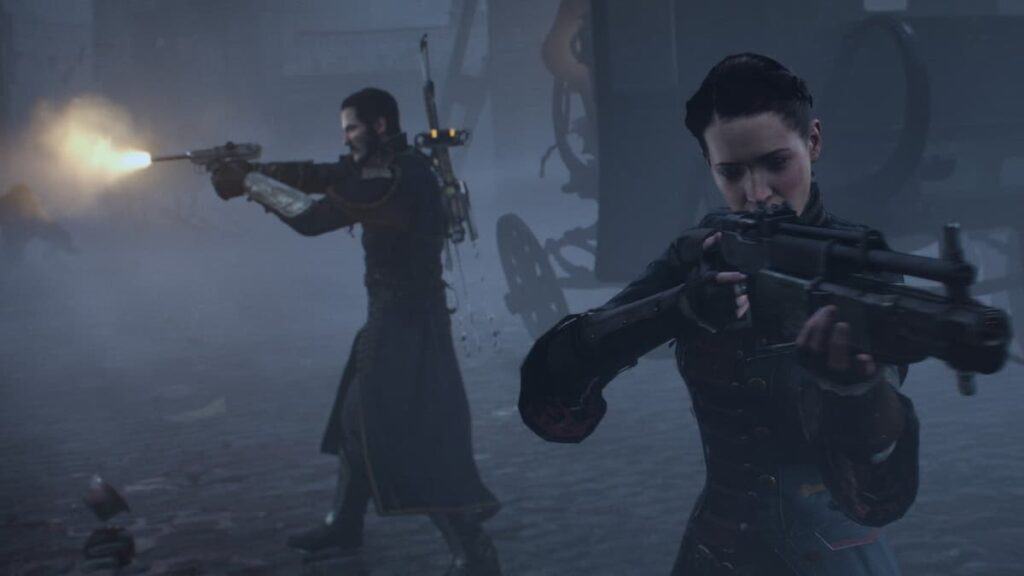
As visual design goes, 2015’s The Order: 1886 is a well-oiled machine, firing on all cylinders. In fact, it quite possibly remains one of the best looking games I’ve ever played to date, which is saying something for a title that’s bordering on 10 years old. It’s a shame, then, that its gameplay can’t hold up its end of the bargain.
Don’t get me wrong, the third-person shooter gunplay is rock solid and its mix of retro-future weaponry is surprisingly bodacious, but there’s a distinct disconnect between The Order: 1886‘s phenomenal steampunk world design and its rather middlingly routine moment-to-moment action.
In essence, The Order: 1886 is absolutely begging for a sequel to build upon its fascinating alternate history foundations, much akin to, say, how Uncharted 2 and Mass Effect 2 built upon the foundations of its predecessor. Unfortunately, due to its underwhelming critical reception, a sequel is well and truly off the table. Still, if you’re looking for a stylish cinematic action experience that doesn’t overstay its welcome, then Ready at Dawn’s enjoyable yet imperfect modern retelling of the Knights of the Roundtable should fit the brief nicely.
Starfield

The discourse surrounding 2023’s Starfield has been equally fascinating as it is, well… galling. Sure, while many complaints are wholly legitimate — there are quite a few loading screens that teeter on the edge of breaking the game’s immersion and exploration has undoubtedly been done better in other Bethesda titles — the sheer scope and ambition of a galaxy-spanning project like Starfield is laudable, especially when you consider that it’s not just another boilerplate sequel, but a brand-new IP.
What I loved about Starfield wasn’t the exciting space combat, believable characters, or the gravity-defying jetpacks. And it wasn’t the terrifying Terrormorphs, tight first-person shooting, or the sci-future environmental design and cosmic vibes. Instead, it was the strong writing that comprised many of the factions’ quests, which veered from dark, black comedy to the bizarre and irreverent in one fell swoop. Seriously, the Ryujin Industries faction quests may be the funniest questline that Bethesda has written yet.
The Medium
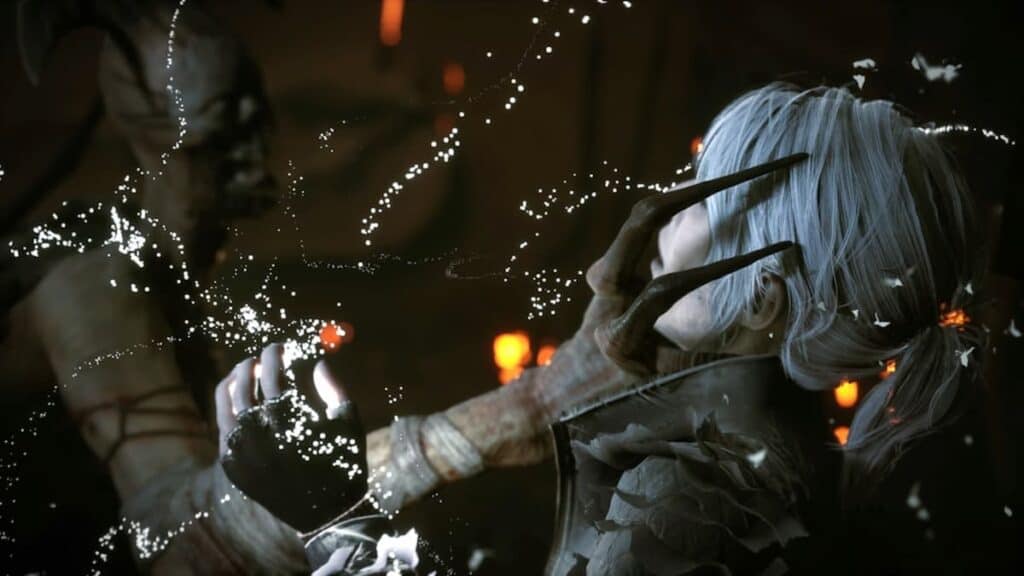
Bloober Team’s increasingly impressive psychological horror portfolio has grown stronger and stronger over the years to the point where the Poland-based developer has managed to nab development duties on one of the most beloved horror games ever conceived: Konami’s upcoming Silent Hill 2 remake. When one reflects on the work the team has done in the genre, it does make a lot of sense. After all, the studio has built up a reputation crafting chilling tales that tonally, aesthetically, and narratively pay homage to the titular foggy lakeside town.
Case in point: 2021’s The Medium is as close to a Silent Hill game it can possibly be, without the need to get any solicitors involved. Yes, Marianne’s otherworldly adventures into both the material and the spiritual world — often at the same time — is a neat gameplay concept and a clear nod to Silent Hill’s clandestine and rusted Otherworld. While it may lack the action spectacle of other genre classics; what it lacks in bullet-counting survival horror, it makes up for with a surprisingly nuanced story and a brilliantly memorable turn from its big bad, The Maw (portrayed by industry icon Troy Baker).
Wild West
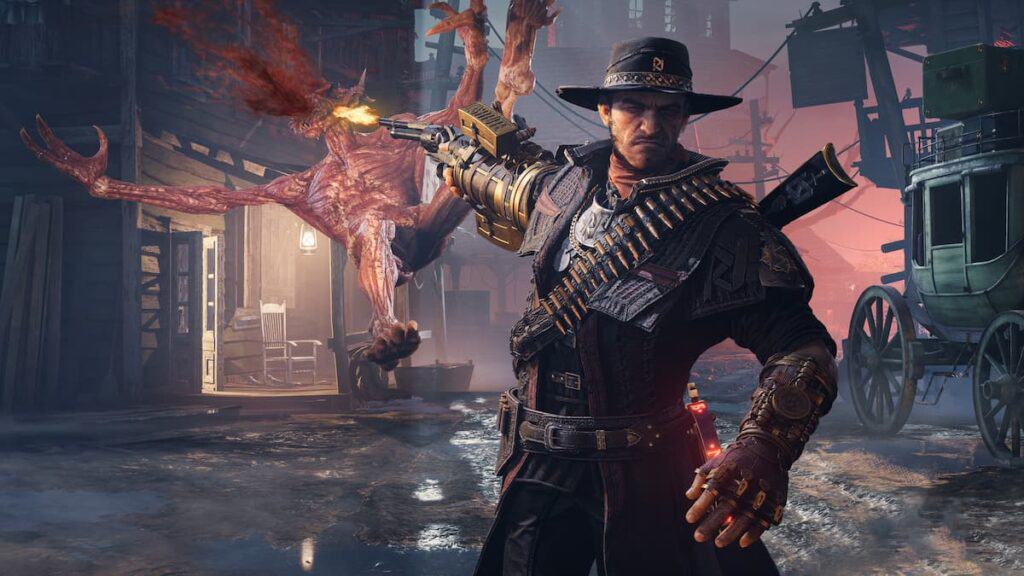
When it comes to laying waste to throngs of blood-sucking Dracula-wannabes with an increasingly ludicrous line-up of ordnance, then Flying Wild Hog’s mid-tier, wild west shoot ’em up is a breed of its own. Blending traditional third-person shooter action with a neat twist on Van Helsing‘s vampire-hunting shenanigans, 2022’s Evil West is one of those turn-off-your-brain games that is just — dare I say it — a whole lot of fun to play.
Harkening back to the arcadey action-adventure experiences of yesteryear, Evil West‘s brand of anarchic, vampire-slaying DNA is noticeably absent from an industry obsessed with live-service this, and live-service that. I know, I know — Evil West‘s not gonna be winning any awards for its hokey dialogue and overtly linear design. But that doesn’t mean this blast from the past isn’t worthy of your time!
Silent Hill: Homecoming
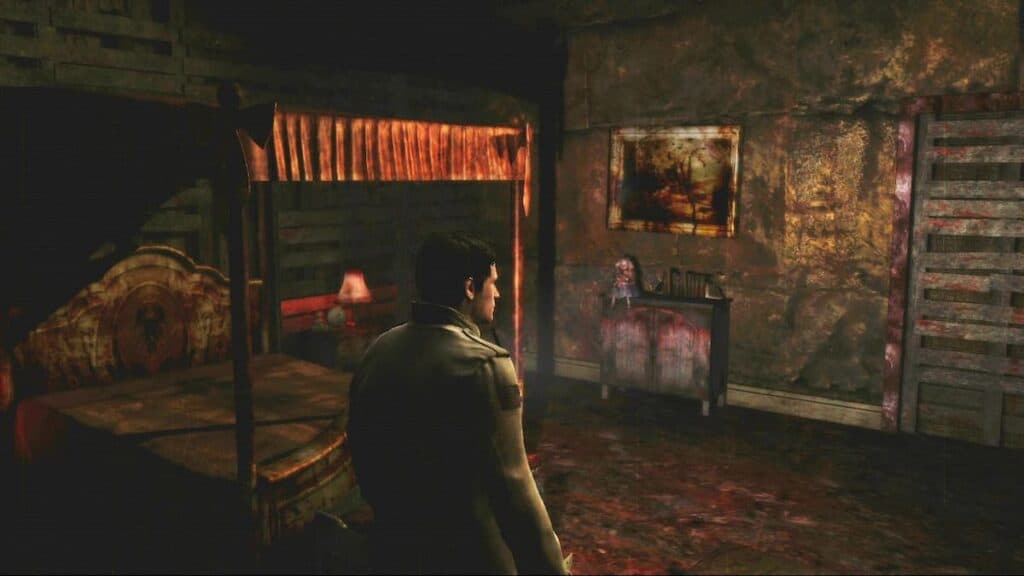
Okay, so this is a very personal one. Released back in 2008 to a fairly lukewarm reception, Silent Hill: Homecoming is notable for being one of the first Silent Hill games to be outsourced to a US-based developer. Fans were apprehensive about this transition and rightly so. Thing is, despite this new western-styled horror approach, it’s a damn fine experience. Sure, it may not hit the starry heights of the seminal Silent Hill 2 (which is one of my favourite games of all-time), but this iteration is still a hauntingly memorable trip to the titular foggy lakeside town.
Its family-oriented narrative is one of its strongest elements focusing on a personal, familial story that explores the broken, dysfunctional relationship between central protagonist Alex and his father, mother, and brother. These unhealthy, disjointed relationships between his family are put under the microscope and make the sequel, in my eyes, one of the most relatable Silent Hill games I’ve ever experienced.
With such a genuinely arresting and insidious atmosphere, the best combat the series has ever seen, along with some of the most hideously gruesome monster designs imaginable, Silent Hill: Homecoming is easily the most criminally underrated title in Konami’s beloved horror franchise.
Exoprimal
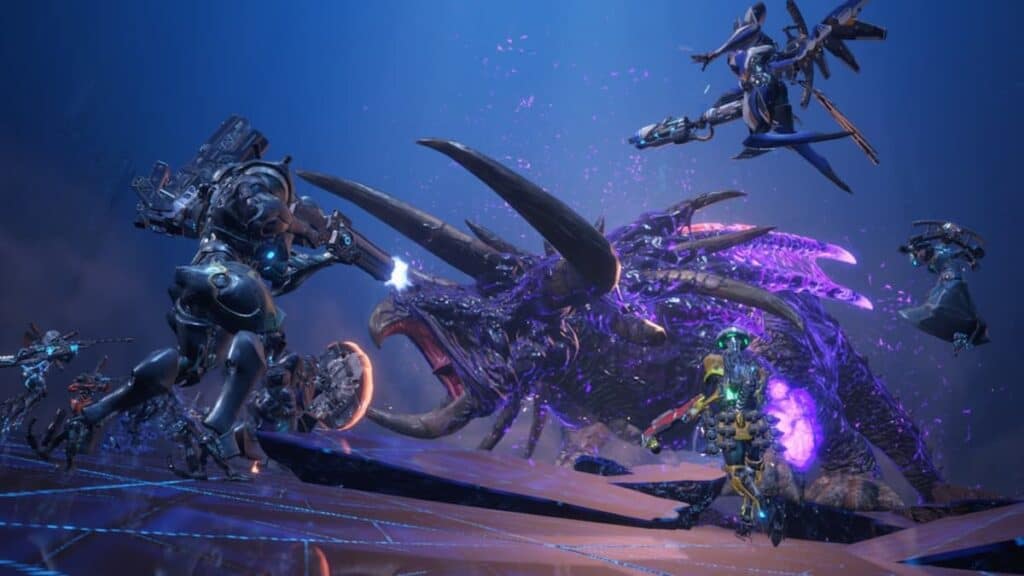
On paper, everything about Exoprimal screamed like it was going to be dead on arrival, much akin to the prehistoric creatures at the heart it. Live-service game? Check. Limited number of maps? Yep. Grindy gameplay loop? You betcha. Naturally, all its fossilised chips were clearly stacked against it. In spite of that, the crux is, Capcom’s dinos-vs-mechs multiplayer shooter is actually wildly entertaining to pick up and play.
Combining the grandiose horde-like spectacle of World War Z with the customisable mechs of Warframe, it quickly becomes clear that shooting tidal waves of walking fossils pulled straight out of the Triassic era is your brand new happy place. Add in some much-needed progression systems, three distinct classes, and a bunch of unique abilities, and you’re left with a 5v5 PvEvP experience that will infuse your ol’ lizard brain with fun, frolics, and, dopamine.
Steelrising

Paris-based studio Spiders is a company synonymous with ambitious yet flawed RPGs. From 2012’s Of Orcs and Men and 2014’s Bound by Flame to 2016’s The Technomancer and 2019’s GreedFall, its portfolio is filled to the brim with enough rough diamonds to start up its very own jewellery store. Thing is, despite the developer’s charm and moxie, Spiders’ titles are largely overlooked by gamers en masse. Enter 2022’s Steelrising, which is essentially the team’s first foray into the Souls-like genre.
You assume the role of a killer machine called Aegis who has been engineered to save the French Revolution from a savage legion of mechanical monstrosities in an alternate history 1789. As is par for the course in games of this ilk, players can take advantage of a variety of weapons and abilities to help put their increasingly powerful adversaries six feet under. It may lack a little polish here and there, but despite this, it’s still a slick and stylish Souls-like with buckets of charm. Like, when was the last time you played a game set during a steampunk French Revolution?
Elex II
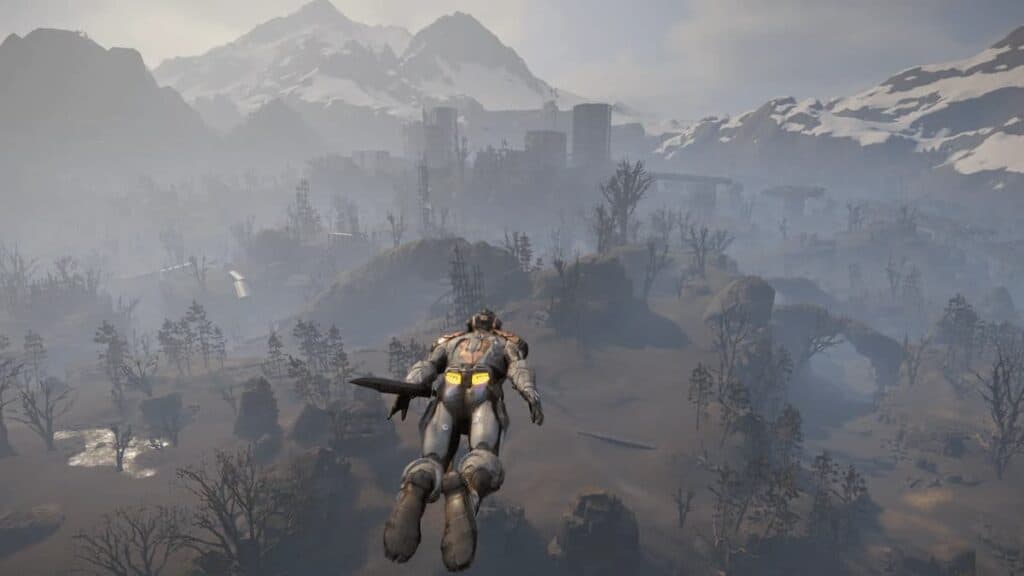
Speaking of studios synonymous with charming yet low-budget RPGs, Piranha Bytes’ Elex II has officially entered the chat. Following on from 2017’s critically-maligned post-apocalyptic sci-fantasy yarn, this 2022 sequel is a more refined and polished entry in a long list of old-school roleplaying experiences (the Risen series is another endearing franchise, but I digress).
What really sets the epic open-world of Magalan apart is its compelling sense of discovery that’s been painstakingly hand-crafted. With its stunning dystopian vistas, its vibrant bestiary, its rich lore brimming with political intrigue, and its myriad of warring factions, there’s plenty to explore and unearth in this dilapidated, futuristic landscape. Plus, the verticality of its level design is welcome thanks to a nifty jet-pack that you unlock early in your adventure. Seriously, jet-packs just make everything better. Fact.

